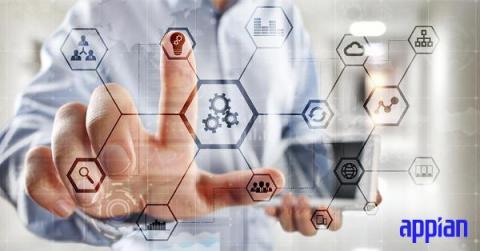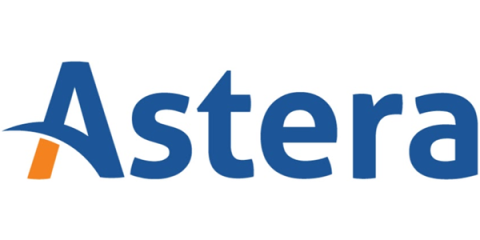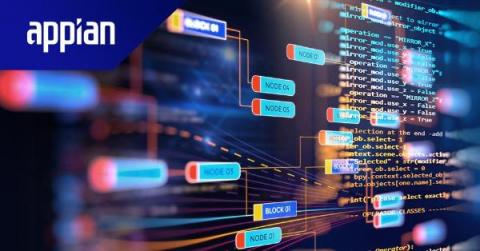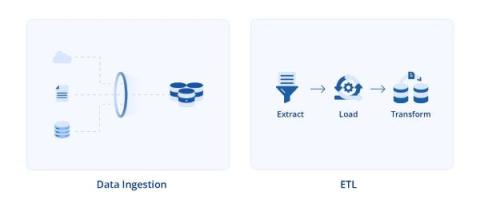Intelligent Automation Examples: 5 Ways to Grow Enterprise Efficiency
Intelligent automation is a term for the combination of process automation and artificial intelligence (AI). And it’s creating efficiency gains for enterprises across industries. In this article, discover intelligent automation examples that will illuminate common use cases that enterprises should consider adopting to improve efficiency and make space for innovation.








